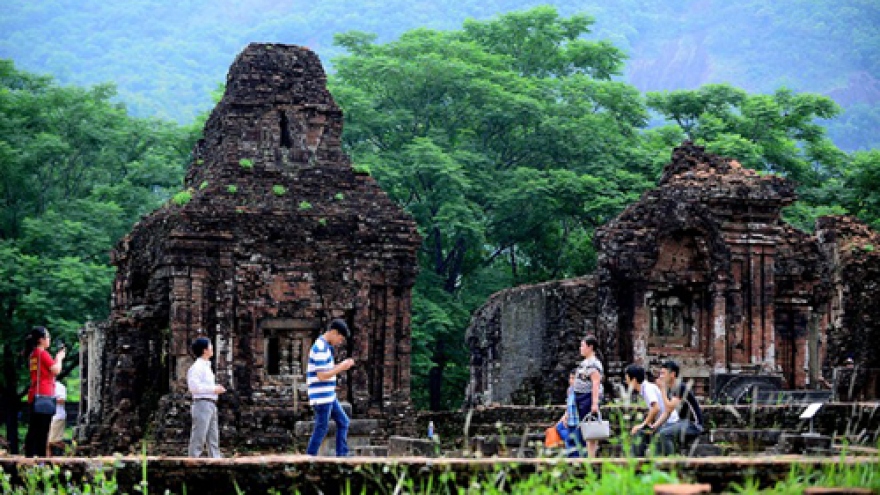Champa culture antiques uncovered in Phu Yen province
Friday, 12:19, 12/07/2019
Archaeologists from the Vietnam Institute of Archaeology have discovered antiques and architectural works of Champa culture dating back to the fourth century in Dong Mieu area in Phu Hoa district in the south-central coastal province of Phu Yen.
 |
| Archaeologists found decorative images built with brick or stone on Cham towers. |
Archaeologists also found decorative images built with brick or stone on Cham towers.
The discovery of these objects along with the existence of Thanh Ho national archaeological site, about a kilometre from Dong Mieu, has significant meaning in studying Champa culture and history, Vinh said.
He added that the outcomes of the study in Dong Mieu will be reported to the provincial People’s Committee.
The Phu Yen Museum plans to receive the uncovered objects and put them on display for researchers, locals and tourists.
Phu Yen is home to many architectural art works related to Cham culture. Notably, the Nhan Tower in Tuy Hoa city has been recognised as a special national relic site.

